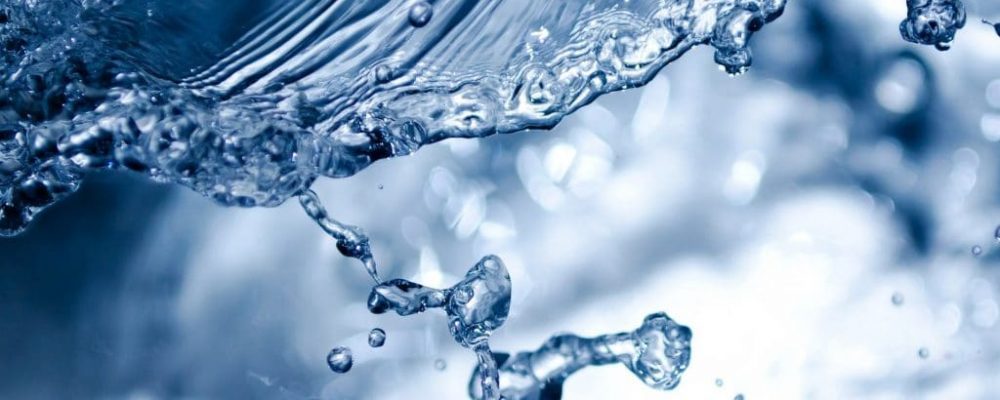Introduction to Water Filtration – Part 5
Introduction to Water Filtration - Part 5
In-Line Clarification
In-line clarification is the elimination of suspended solids through the extension of in-line coagulant accompanied by accelerated filtration. This process is known as contact filtration or in-line filtration. This method eliminates suspended solids without the use of sedimentation basins. There are two different approaches in which coagulation can be accomplished. Either by a strongly cationic organic polyelectrolyte or by an inorganic aluminum or iron salt used alone or with a high molecular weight polymeric coagulant.
Using a strongly charged cationic organic polyelectrolyte is a convenient method of using only a single chemical. This treatment forms no precipitation floc particles and typically no floc formation is viable within the filter influent. Solids are removed inside the bed by adsorption and by flocculation of colloidal matter precisely onto the surface of the sand or anthracite media. The method can be envisioned as preparing the filter bed surfaces with positive cationic charges to create a strong pull on the negatively charged particles. Gelatinous hydroxide precipitates do not exist in this method, single-media or upflow filters are advisable for polyelectrolyte clarification.
Due to metal hydroxides forming precipitates, only dual-media filters should be used with inorganic coagulant programs. Floc particles need to be managed in filters with coarse-to-fine graded media to prevent accelerated blinding of the filter and remove backwashing difficulties. With a high molecular weight polymeric coagulant, feed rates of less than 0.1 ppm maximize solids elimination by upping floc size and boosting particle absorption inside the filter. This filtration process easily produces effluent turbidities of less than 0.5 NTU.
In-line clarification presents an admirable way to improve upon the efficiency of solids removal from turbid surface waters. Effluent turbidity levels of less than 1 NTU are typical with this process.

Precoat Filtration
Precoat filtration is used to eliminate very tiny particulate matter, oil particles, as well as bacteria from water. This process is practical only for comparably small quantities of water which have low concentrations of contaminants.
This method can be used following traditional clarification methods to produce water of very low suspended solids content for definitive application requirements. One example would be precoat filters being used to eliminate oil from contaminated condensate.
In precoat filtration the precoat media, usually diatomaceous earth, operates as the filter media and creates a cake on a permeable septum or base. The base needs to prevent the passage of the precoat media without limiting the flow of filtered water and must be able to endure high-pressure differentials. Porous paper, porous stone tubes, wire screens, filter clothes, and wire-wound tubes are typically used as base materials.
The promoting base material is first pre-coated with a mixture of precoat media. Extra body feed is typically added during the filter run. When the gathering of matter eliminated by filtration creates a high-pressure drop across the filter, the filter coating is sloughed off by backwash. After that, the filter bed is precoated and restored to service. Chemical coagulants are typically not essential but can be utilized when an ultra-pure effluent is needed.

